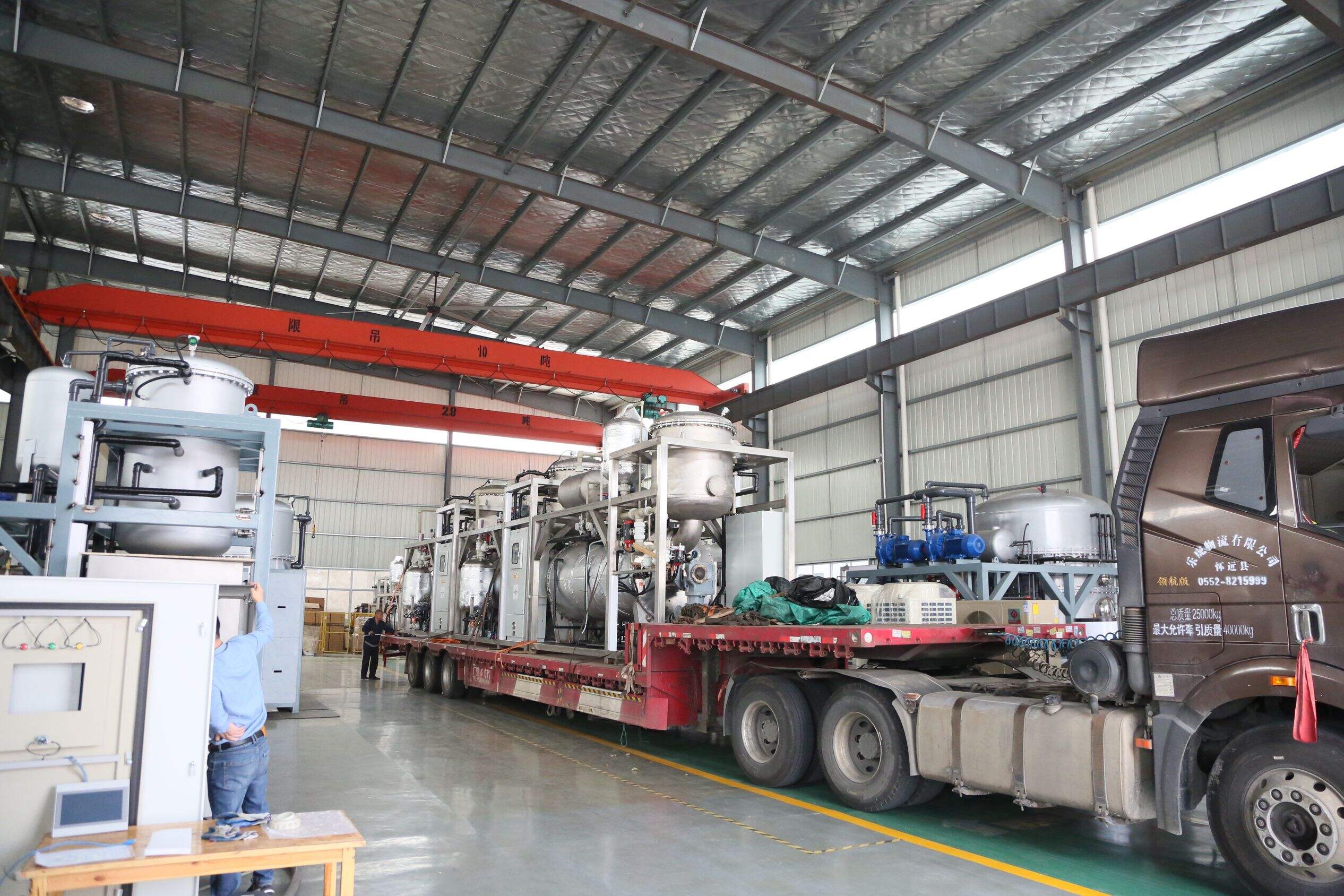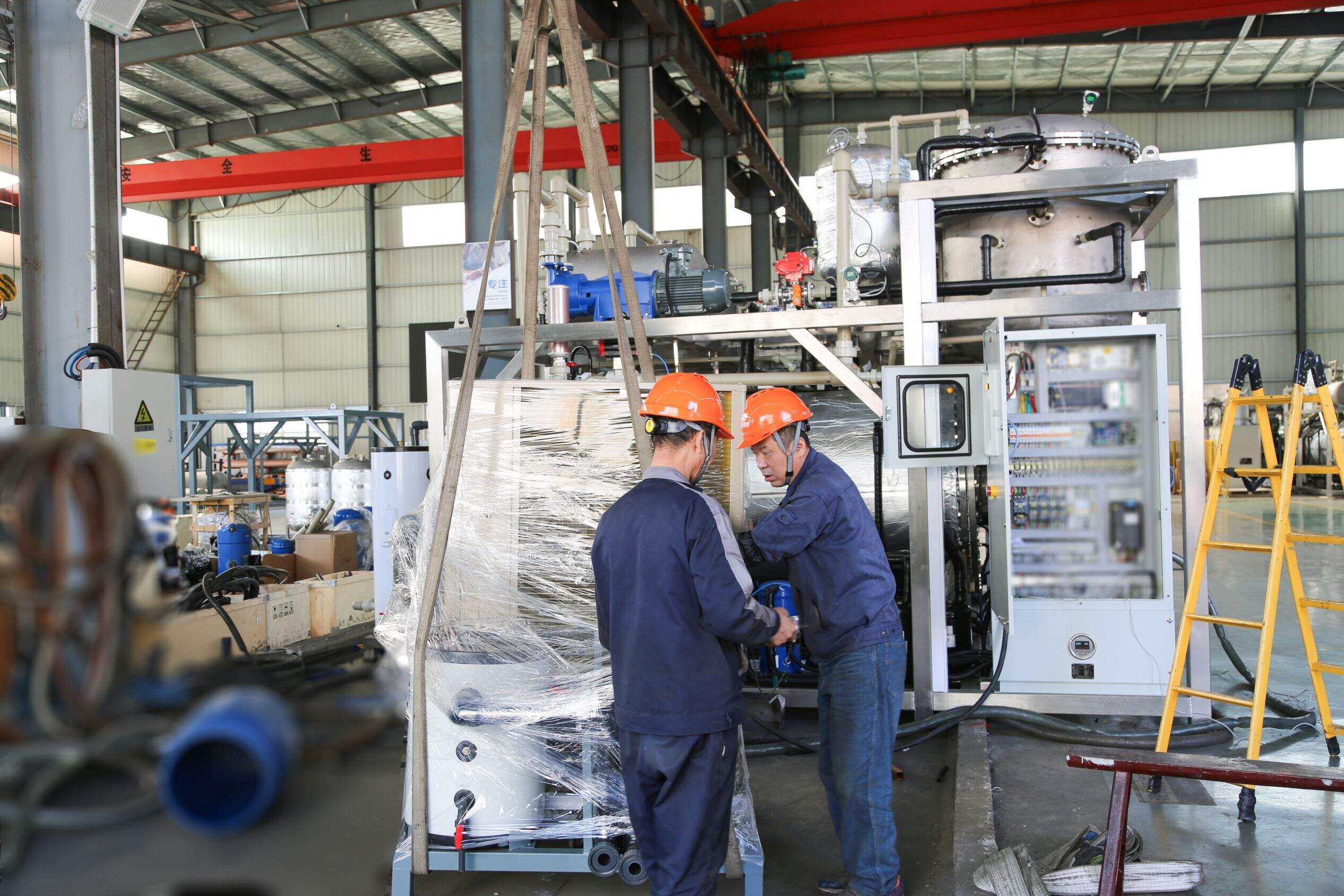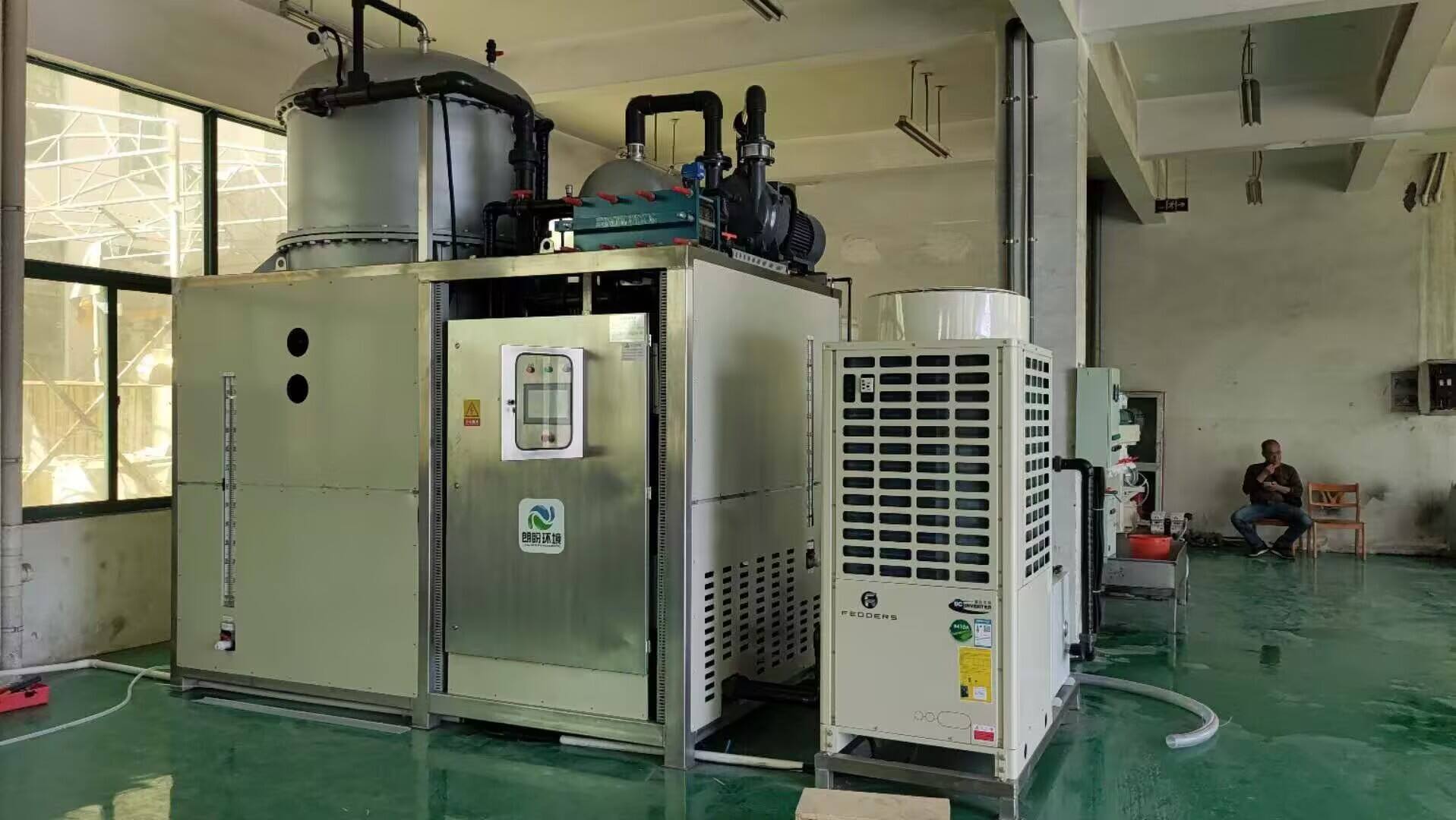cryogenic vacuum distillation
Cryogenic vacuum distillation is an advanced separation technology that combines ultra-low temperatures with vacuum conditions to achieve highly efficient molecular separation. This sophisticated process operates by exploiting the different boiling points of various compounds at reduced pressures and extremely low temperatures, typically below -150°C. The system utilizes specialized equipment designed to withstand both cryogenic temperatures and vacuum conditions, including specially engineered heat exchangers, vacuum pumps, and cryogenic vessels. The process begins with the material being cooled to cryogenic temperatures while simultaneously being subjected to vacuum conditions. This dual approach allows for the precise separation of components that might otherwise be difficult or impossible to separate using conventional distillation methods. The technology finds extensive applications in industrial gas separation, particularly in the production of high-purity gases such as nitrogen, oxygen, and rare gases. It's also crucial in the petrochemical industry for separating hydrocarbon mixtures and in the pharmaceutical sector for purifying sensitive compounds. The process provides exceptional separation efficiency, with some systems capable of achieving purities exceeding 99.999%, making it invaluable for applications requiring ultra-pure products.


